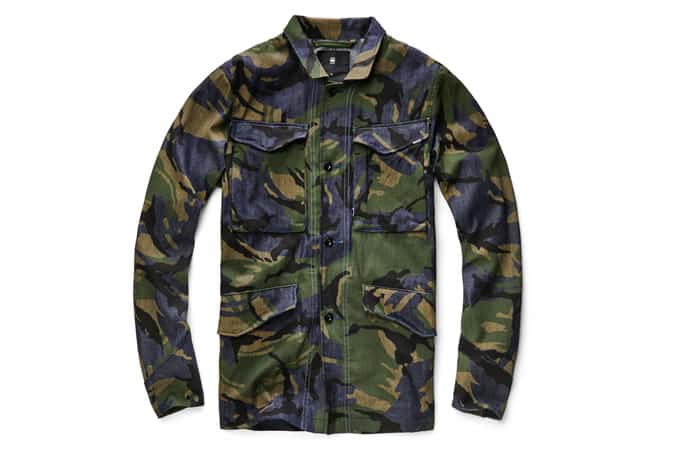Is It Okay To Wear A Down Jacket?
You don’t wear fur. You pass on foie gras and ortolan. It’s unlikely you hunt for sport or know where your neighbourhood’s nearest dog fights are held. But you probably eat meat and wear leather. Silk too. You’ll use medicines tested on lab rats, but not cosmetics sprayed in the eyes of monkeys. You’ll swat mosquitoes, but feed bees.
The ethics around animal cruelty are murky, a miasma of tradition and emotion and morality. The fluffier the animal, the more unpalatable it is to kill it for food or fashion. The more practical the use to which we put an animal’s carcass, the more acceptable it seems. Chasing foxes with dogs then smearing the blood on a 12-year-old’s face? Not cool. Cattle marched into a shed then bolt-gunned through the head? Sure, so long as I don’t have to think about it.
Down sits in a strange place on that spectrum. There’s no denying its practicality; science has never come up with any substance that offers as much insulation for as little weight. The evolutionary value is obvious – if your insulation’s heavy, it’s harder to flap yourself off the ground. That’s also why we stuff it into winter coats. When you’re dragging all your worldly possessions across an ice sheet, a coat that traps heat but doesn’t weigh you down could save your life.
True down is the soft, fluffy feathers that sit nearest a bird’s skin, which are chock-full of heat-trapping, buoyancy-aiding air pockets. Birds are, understandably, very attached to this stuff. We won’t unpick the ethics of wearing animal products here, but suffice to say there’s only so cruelty-free down can ever be. If you want it, you have to take it, which at best means after a duck or goose has been killed and before it ends up in your chow mein.
 Canada Goose
Canada Goose
Like leather, most down is a by-product of the food industry. But the best down comes from older birds, known as breeders, which are raised to produce the chicks that are then sent to slaughter. On welfare-minded farms, they can swim outside and their down is collected from nests, until they pass away naturally, at which point they’re plucked. But you can also ‘harvest’ the down while the bird’s still alive – in other words, tear the feathers from its breast and neck as it breaks its wings trying to get away. Then if you bung it back in its cage (once you’ve stitched up any torn flesh) the down magically grows back even fluffier. At which point, you can rip it out all over again. Repeat every three months for four years until the bird, in relief, pops its clogs.
























